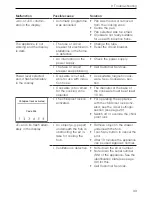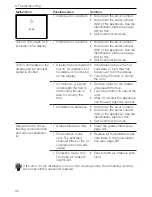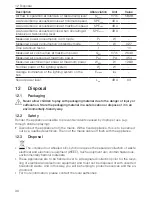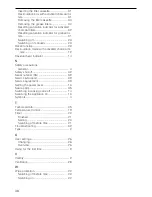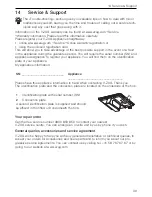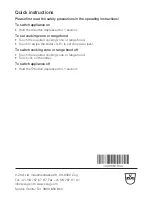
8 Care and maintenance
8
Care and maintenance
8.1
Glass ceramic surfaces
Ideally, clean the appliance when it has completely cooled down.
Burns hazard!
Always clean the hob after use. This prevents food residue from burning on. Dried-on or
burned-on food residue is harder to clean off.
Use of improper cleaning techniques can result in damage to the markings or surface.
Avoid cleaning the surface of the glass ceramic hob with abrasive cleaning agents,
scouring pads, wire wool, etc. as they can damage the surface.
▸ Use only a soft cloth or sponge with water and a suitable detergent for cleaning every-
day soiling. Always follow the detergent manufacturer’s instructions for use. Using a
detergent with a protective additive is recommended.
▸ Remove stubborn soiling, e.g. boiled-over milk, while still warm using a glass ceramic
hob scraper. Always follow the scraper manufacturer's instructions for use.
▸ Foods with a high sugar content, e.g. marmalade, that boil over should be removed
while still hot using a glass ceramic hob scraper. The surface of the glass ceramic
hob could otherwise become damaged.
▸ Remove melted plastic while still warm using a glass ceramic hob scraper. The sur-
face of the glass ceramic hob could otherwise become damaged.
▸ Remove limescale stains when cool with a small amount of limescale remover, e.g.
vinegar or lemon juice. Then wipe clean with a damp cloth.
Cleaning
For good results, follow these cleaning instructions.
▸ To clean thoroughly, remove most of the soiling using a hob scraper or a special
cleaning sponge for glass ceramic hobs.
▸ Add a few drops of a suitable cleaning fluid to the cold hob surface and rub over the
surface using kitchen towel or a clean cloth.
29



















